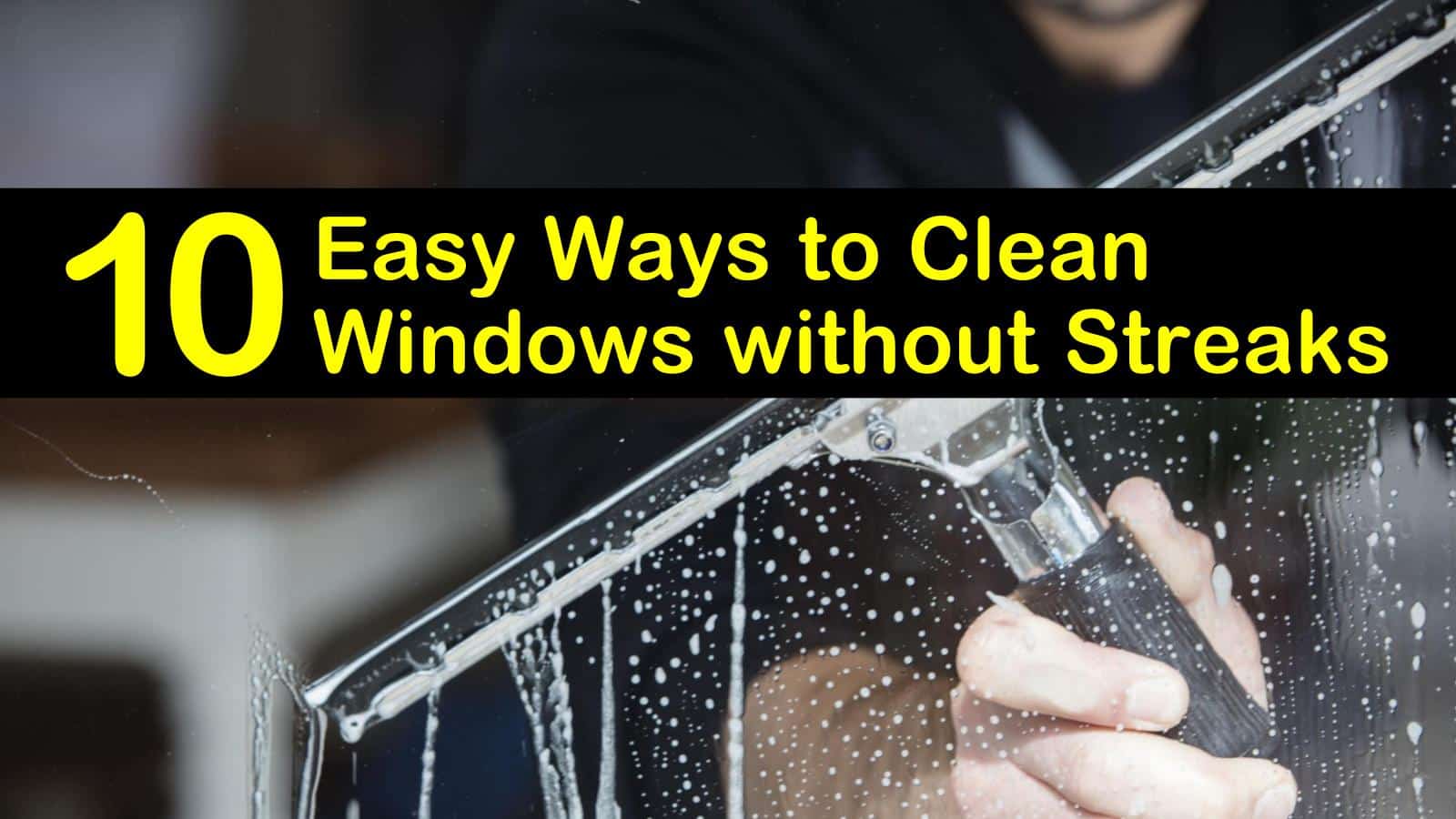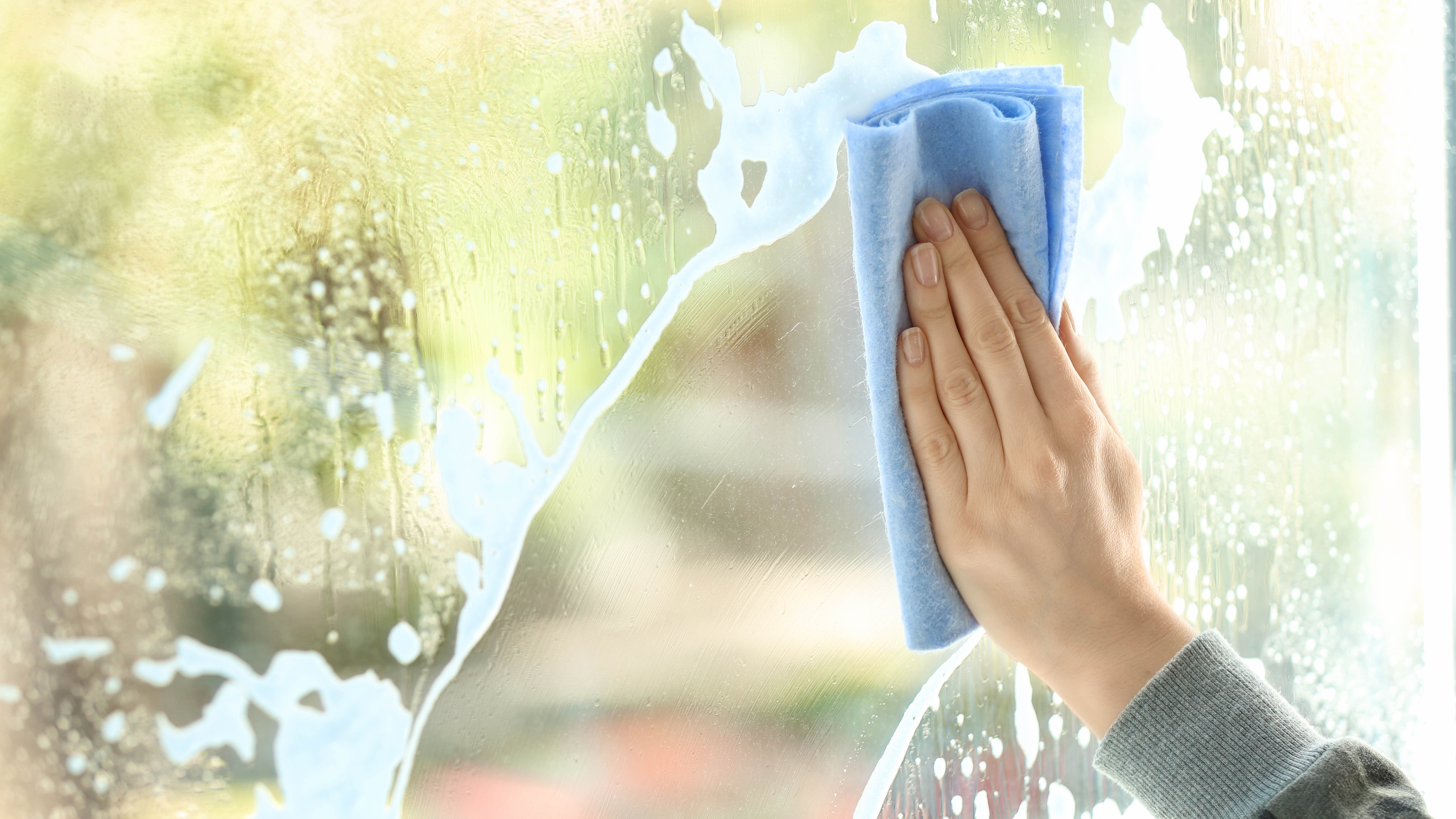Essential Tools and Materials

Achieving streak-free windows requires the right tools and materials. These tools are not only effective in cleaning but also help prevent streaks and smudges.
Tools and Materials for Streak-Free Window Cleaning
The following table Artikels essential tools and materials for cleaning windows without streaks:
| Item | Description | Purpose |
|---|---|---|
| Microfiber cloths | Soft, absorbent cloths made from microfiber fibers. | Used for wiping and drying windows, leaving a streak-free finish. |
| Squeegee | A tool with a rubber blade attached to a handle. | Used to remove excess cleaning solution and water from the window, leaving a streak-free finish. |
| Bucket | A container for holding cleaning solution. | Used to mix cleaning solution and rinse cleaning tools. |
| Spray bottle | A bottle with a nozzle for spraying cleaning solution. | Used to apply cleaning solution evenly onto the window. |
| Cleaning solution | A mixture of water and cleaning agent, such as dish soap or vinegar. | Used to loosen dirt and grime on the window. |
| Warm water | Water heated to a comfortable temperature. | Used for rinsing cleaning tools and windows. |
Preparation and Pre-Cleaning
A thorough pre-cleaning is crucial for achieving streak-free windows. It ensures that any loose debris or dirt is removed before applying cleaning solutions, preventing streaks and scratches.
Pre-Cleaning Windows
Pre-cleaning windows involves removing dust, dirt, and debris before applying cleaning solutions. This step is essential for preventing streaks and scratches on the window surface.
- Remove Loose Debris: Start by using a soft-bristled brush or a vacuum cleaner with a brush attachment to remove any loose debris, cobwebs, or larger particles from the window surface and frames.
- Dusting: Use a microfiber cloth or a dust-free duster to wipe down the entire window surface, including the frames and sills. Pay special attention to corners and edges where dust tends to accumulate.
- Washing with Water: After dusting, rinse the windows with clean water. This helps to remove any remaining dust or dirt that may have been missed during the dusting process. Use a spray bottle filled with clean water and a microfiber cloth or a sponge to thoroughly wet the window surface.
Cleaning Techniques

The actual cleaning process is where the magic happens. You've prepped your windows and gathered your tools, now it's time to put them to work. Here's a step-by-step guide to ensure streak-free results.
Applying Cleaning Solution
The way you apply your cleaning solution can significantly impact the final outcome. Here's a breakdown of the most effective methods:
- Spray Bottle Method: This is the most common approach. Simply spray the cleaning solution directly onto the window pane. Ensure even coverage, avoiding excessive amounts that might drip down.
- Microfiber Cloth Method: For this method, you'll dampen a microfiber cloth with the cleaning solution and apply it to the window. This technique is ideal for smaller windows or when you want to control the amount of solution used.
- Spray and Wipe Method: Combine the benefits of both methods by spraying the solution onto the window and then wiping it with a damp microfiber cloth. This allows for a more controlled application and prevents excessive dripping.
Wiping and Drying Windows
Wiping and drying are crucial steps for achieving streak-free results. Follow these guidelines for optimal performance:
- Use a Clean Microfiber Cloth: Always use a clean microfiber cloth for wiping and drying. Dirty cloths can leave streaks and smudges.
- Wipe in a "S" Pattern: Wiping in an "S" pattern ensures that you cover the entire surface of the window and prevent streaks. Start at the top and work your way down, overlapping each stroke slightly.
- Use a Dry Microfiber Cloth: After wiping the window with a damp cloth, use a dry microfiber cloth to dry it completely. This will remove any remaining moisture and prevent streaks.
- Avoid Circular Motions: Circular motions can leave streaks and smudges. Stick to straight or "S" patterns for optimal results.
Cleaning Techniques Comparison
Each technique has its own advantages and disadvantages:
| Technique | Advantages | Disadvantages |
|---|---|---|
| Spray Bottle Method | Quick and easy, provides even coverage | Can lead to excessive dripping, may not be suitable for delicate surfaces |
| Microfiber Cloth Method | Control over the amount of solution used, suitable for delicate surfaces | May require more time and effort, can be less effective for larger windows |
| Spray and Wipe Method | Combines the benefits of both methods, provides controlled application and prevents excessive dripping | May require more time and effort than the spray bottle method |
Preventing Streaks: How To Clean Your Windows Without Streaks
Streaks are the bane of any window cleaner's existence. They can make your windows look cloudy and dirty, even after you've spent time cleaning them. But don't worry, with the right techniques and a little attention to detail, you can avoid streaks and achieve sparkling clean windows.
Common Mistakes That Lead to Streaks
Here are some of the most common mistakes that can cause streaks on your windows:
- Using too much cleaning solution: An excess of cleaning solution can leave behind a residue that dries and creates streaks.
- Not rinsing thoroughly: If you don't rinse all the cleaning solution off your windows, it will dry and leave streaks.
- Using a dirty cleaning cloth: A dirty cleaning cloth will transfer dirt and grime to your windows, leading to streaks.
- Using the wrong type of cleaning cloth: Some cleaning cloths, like paper towels, can leave behind lint or fibers that create streaks.
- Applying too much pressure: Applying too much pressure when cleaning can cause streaks, especially if you're using a squeegee.
- Cleaning in direct sunlight: Cleaning windows in direct sunlight can cause the cleaning solution to dry too quickly, leading to streaks.
Strategies for Avoiding Streaks
To avoid streaks, follow these tips:
- Use a minimal amount of cleaning solution: A little bit of cleaning solution goes a long way. You should only need a few drops to clean a large window.
- Rinse thoroughly: Make sure to rinse all the cleaning solution off your windows with clean water. You can use a spray bottle to rinse, or you can use a wet cloth to wipe away the residue.
- Use a clean cleaning cloth: Always use a clean cleaning cloth to avoid transferring dirt and grime to your windows.
- Use a microfiber cloth: Microfiber cloths are excellent for cleaning windows because they are lint-free and absorb a lot of water.
- Avoid applying too much pressure: When using a squeegee, apply gentle pressure and use even strokes.
- Clean out of direct sunlight: Cleaning windows in the shade will allow the cleaning solution to dry more slowly, reducing the likelihood of streaks.
Handling Cleaning Solutions and Microfiber Cloths, How to clean your windows without streaks
Here are some tips for handling cleaning solutions and microfiber cloths to minimize streaks:
- Mix cleaning solution according to instructions: Always follow the manufacturer's instructions when mixing cleaning solutions. Too much solution can lead to streaks.
- Use a spray bottle: A spray bottle is a great way to apply cleaning solution evenly to your windows.
- Use a clean microfiber cloth for each window: This will help prevent streaks by ensuring that each window is cleaned with a clean cloth.
- Rinse and dry microfiber cloths after each use: This will help keep them clean and prevent streaks.
Essential FAQs
How to clean your windows without streaks - What is the best cleaning solution for windows?
A mixture of white vinegar and water is a popular and effective cleaning solution for windows. However, you can also use commercial window cleaners, ensuring they are ammonia-free.
Can I use newspaper to dry my windows?
Yes, newspaper can be used to dry windows, but microfiber cloths are generally preferred as they are lint-free and more absorbent.
How often should I clean my windows?
The frequency of window cleaning depends on factors such as location, weather conditions, and personal preference. A general guideline is to clean windows every 2-3 months.
What if I have hard water stains on my windows?
Hard water stains can be more challenging to remove. You can try using a mixture of vinegar and baking soda, or a commercial hard water stain remover.
